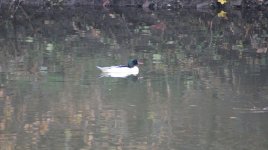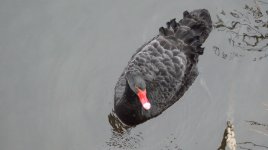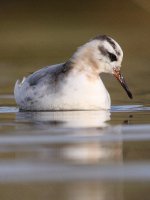The tail and presence of a dark band/s towards the end of the tail feathers is one of the key id features, along with feathering along the legs (hence rough legged) and longer wings than common buzzard. It also 'hovers' much more than a common buzzard would do.
I wouldn't rule it out as the birds will turn up anywhere where there is good hunting, but if you haven't got the tail features it'll be hard to make the id stick.
I wouldn't rule it out as the birds will turn up anywhere where there is good hunting, but if you haven't got the tail features it'll be hard to make the id stick.







